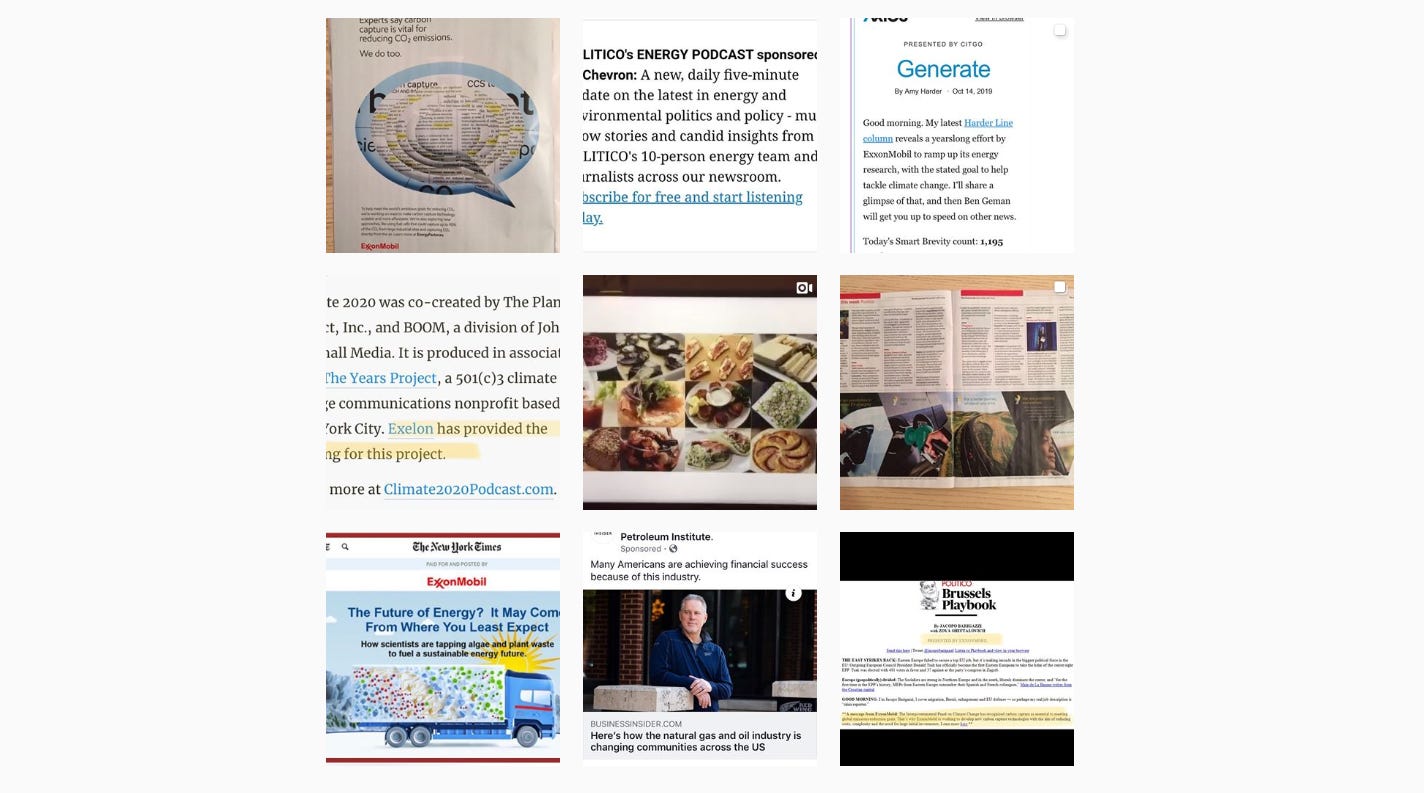Introducing: The Fossil Fuel Ad Anthology
Fossil fuel companies are increasingly inundating our lives with ads. Let's try to track them.

From 1986 to 2015, the five biggest fossil fuel corporations in America spent a combined $3.6 billion on advertisements.
These advertisements have served not to sell the public on products, but ideas—namely, that fossil fuels are good and necessary; and that the companies extracting and burning them are effectively fighting environmental problems like ai…


